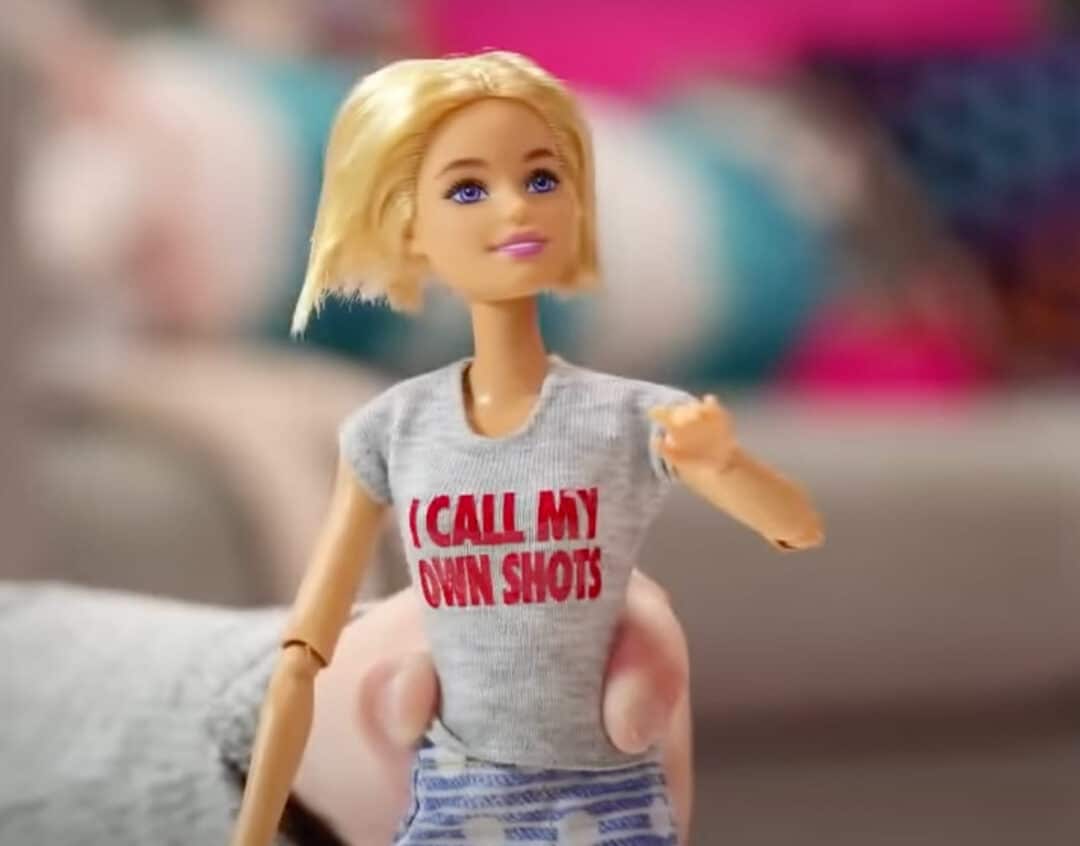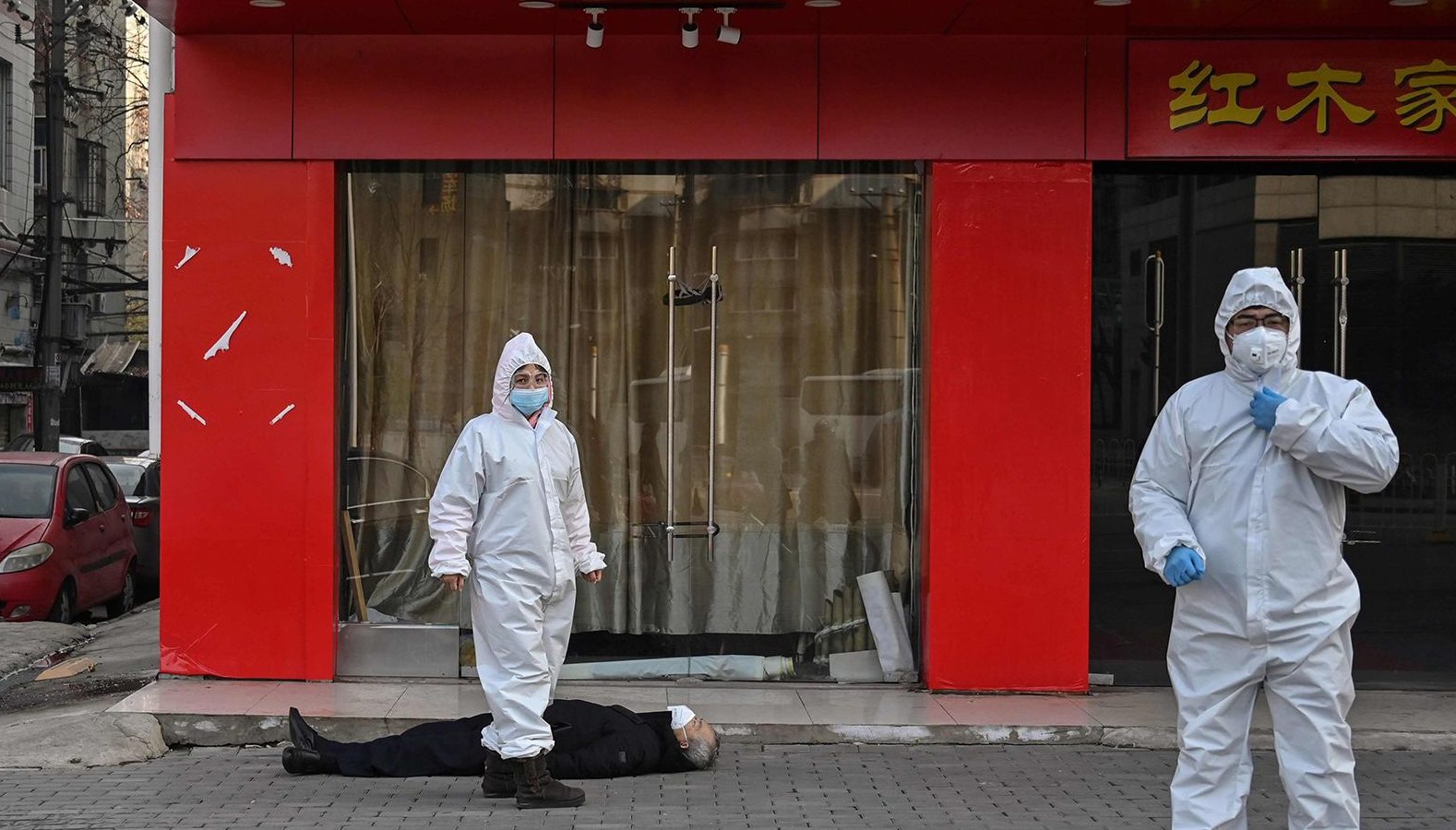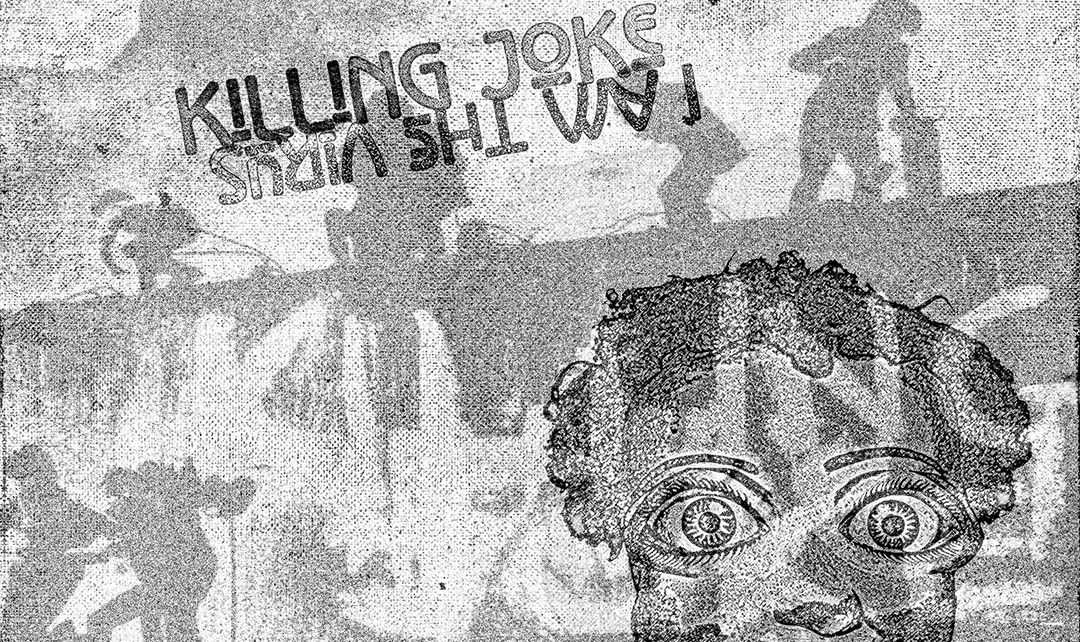
Mashup: The Covid Lie That Started It All
by Matt Taibbi | Aug 23, 2023
Look on the WHO webpage and you’ll see a count of over 769 million confirmed cases of Covid-19, above 6,955,141 (as of this writing) cumulative deaths. This is still a serious mortality rate, but as Matt Orfalea’s damning new video above shows, far short of what the same organization estimated at pandemic’s start. We were told experts estimated a 3.4% death rate, which scared the pants off a lot of people, leading to fears of interaction with workers delivering food and all sorts of other behaviors.
I’m going to defer to Matt’s written research on this piece as well this week at the Orf Report (www.censorednews.substack.com), but a few quick notes on the above-described phenomenon:
It’s clear looking back now that “misinformation” during this period became synonymous with acts like “contradicting health officials,” or offering “information discarding what the health officials are saying,” or “using a hunch instead of listening to the global authority on public health,” as Anderson Cooper put it. My man Willie Geist of Morning Joe, whom I always liked, is seen here saying, “It’s not a time for Donald Trump to be calling in to cable shows.”
This was a key advance in the evolution of “misinformation.” Once Covid-19 arrived, defying health experts by having one’s own opinions or hypotheses was deemed a species of public deception, not just on the part of Donald Trump but among figures like Dr. Jay Bhattacharya, also shown above. Like “AntiVax Barbie,” Jimmy Kimmel’s caricature of an antisocial menace who wore a cutoff tee reading “I CALL MY OWN SHOTS,” any person failing to accept what authorities said was quickly termed a “danger” by figures ranging from Kathleen Sibelius to Ben Rhodes to Brian Stelter.

This created a Catch-22 for people of all political persuasions. If disagreeing with “global health authorities” could be “dangerous,” even credentialed experts like Bhattacharya risked de-amplification or removal for advancing conflicting policy ideas that implied a different interpretation of facts. This phenomenon began with a pair of doctors in Bakersfield who were removed from YouTube for posting content that “disputes the efficacy of local health authority recommended guidance” on social distancing, among other things by suggesting death rates were not that high (“Millions of cases, small amounts of deaths”).
Episodes like this led to confusion over whether disagreeing on policy prescriptions like social distancing and lockdowns constituted “dangerous” speech, and this was observed in the often hyper-cautious coverage of New York Times reporters like David Leonhardt and even Apoora Mandavilli, who drew fire from readers and colleagues alike for reporting true numbers about the low impact of the disease on school-age kids, or relaying quotes with questions about booster efficacy. I heard from reporters during this time who didn’t know if they’d be cited for encouraging an end to lockdowns even if they just included a selectively less alarming facts about Covid-19.
As Orf shows above via his inimitable Newspeak-smashing style, the early apocalyptic predictions that so freaked out the population were eventually walked back by the same authorities. However, none of these furious opponents of questioning “experts” went back and corrected their records. This was once an expected convention even on TV media, where episodes like Dan Rather’s “At the time, CBS News and this reporter fully believed the documents were genuine” Bush-era self-mortification broadcast were considered necessary to retain public trust. Because the ostensible target of these early broadcasts was Trump, no one feels a need to correct anything, but people all over the world soon learned to hesitate to criticize health authorities — and for good reason, as yesterday’s news involving colleague C.J Hopkins showed.
This episode shows: not only can health authorities be wrong on facts, but they can use their supposed infallibility on facts to clamp down on policy criticisms as well, putting whole populations in the uncomfortable position of having to accept both numbers and policy answers on faith.
Thanks once again to Orf for a superior job of collecting material before it’s lost down our widening memory hole. Increasingly it looks like this is now a primary role of authority-era journalism, making sure we don’t give in to institutional pushes to forget what was said when, and by whom. This was a big one, and don’t let anyone tell you it wasn’t.




